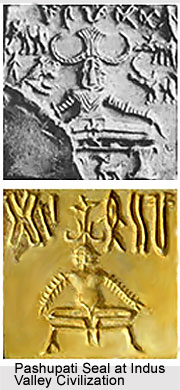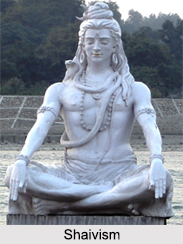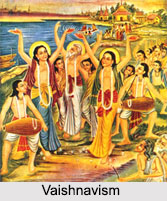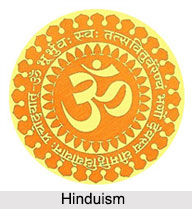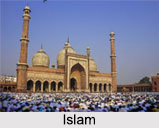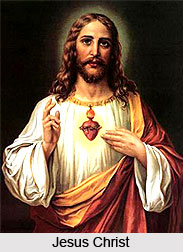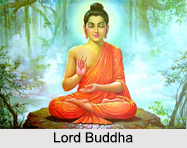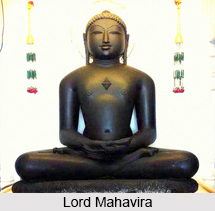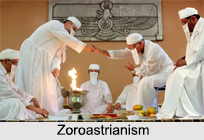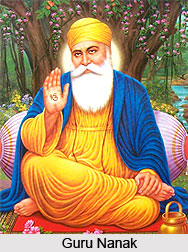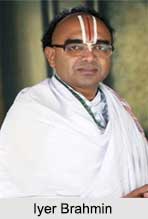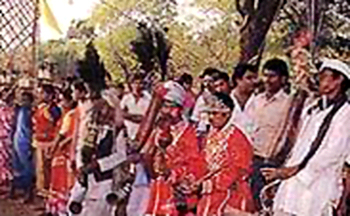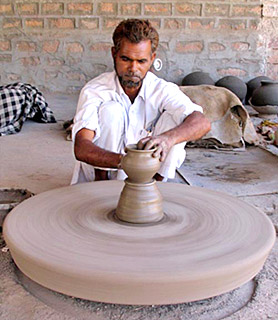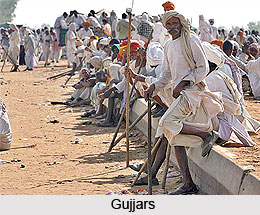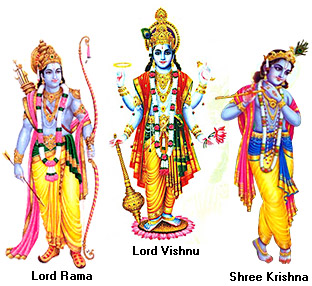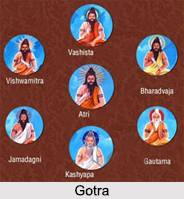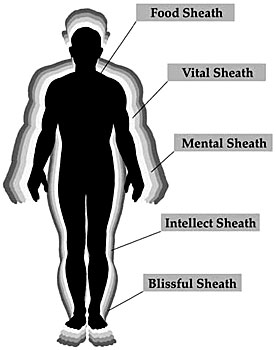 Anna Maya kosha, or the food sheath, is the physical body in Tantra, one of the five sheaths comprising the pancha kosha (five sheaths) that are each distinctive planes in which the Brahman, the universal supreme spirit, resides.
Anna Maya kosha, or the food sheath, is the physical body in Tantra, one of the five sheaths comprising the pancha kosha (five sheaths) that are each distinctive planes in which the Brahman, the universal supreme spirit, resides.
It comprises the ten sense organs and the six external kosha, or sheaths, and is in short the material, observable human body.
The six external parts are the hair, blood and flesh, which in Tantra are said to come from the mother and the marrow, bone and muscle, from the father.
Tantric doctrine makes a distinction between the sense organs of experience and action. The five conventional organs of sense are classed as the jnyanendriya, or the organs which provide data of the external world: eyes, nose, skin, tongue and ears. The karmendriya are five organs of action, namely the arms, legs, mouth, penis and anus, which perform the actions of holding, walking, speech, procreation and excretion.
The anna maya kosha is linked to the principles of earth, fire and water and is linked to the three lowest chakras: the muladhara, the svadhisthana and the Mani-Pura.
The physical body is however, linked also to subsequent layers of sheaths, like the prana maya and vijnana maya kosha, since it is the vehicle through which the life giving prana force enters, and it is through the external sense organs that the cognitive functions of the body process the world. It is hence fundamental to tantric doctrine, and evolving as a practitioner of Tantra.
This article is a stub. You may contribute to it by sending your write-up to content@indianetzone.com
